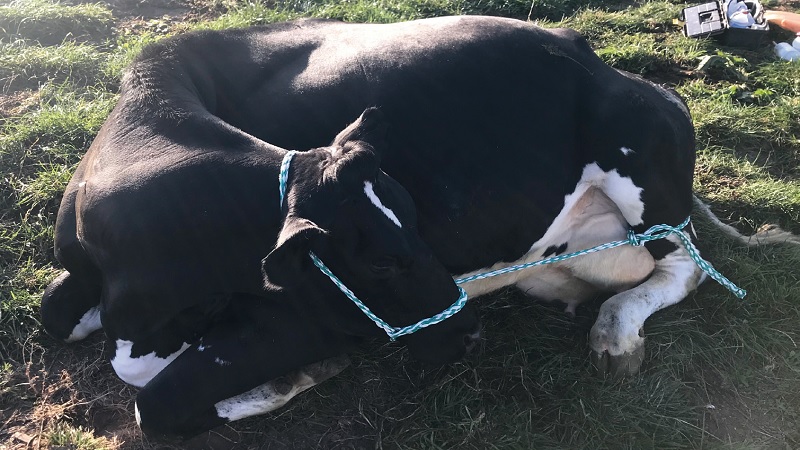Babesiosis in the UK and approach to treatment
Babesiosis is a vector-borne disease of cattle which, in the UK, is caused by two species — Babesia divergens and Babesia major. Disease is sporadically seen in western Britain with a peak in the spring and another in the autumn. The most recognisable clinical sign is haemoglobinuria which gives babesiosis the colloquial name of ‘redwater fever’. Other clinical signs are pyrexia of 40°C, anorexia, depression, weakness, tachycardia and pipe stem diarrhoea, which progress to severe dehydration, recumbency and death in up to 21% of cases. Diagnosis is based on history, clinical signs, confirmation of anaemia and examination of stained blood smears. Treatment involves administration of imidocarb dipropionate in all cases. Blood transfusion is indicated in cattle with a packed cell volume of less than 15%. Prevention is challenging in naïve adults as there is no commercially available vaccination; exposing youngstock to ticks should ensure natural immunity is acquired.
Lucy Jerram - Royal Veterinary College, Hawkshead Lane, North Mymms, Hertforshire, AL9 7TA
Jim Willshire - Endell Veterinary Group, 49 Endless Street, Salisbury, Wiltshire, SP1 3UH
